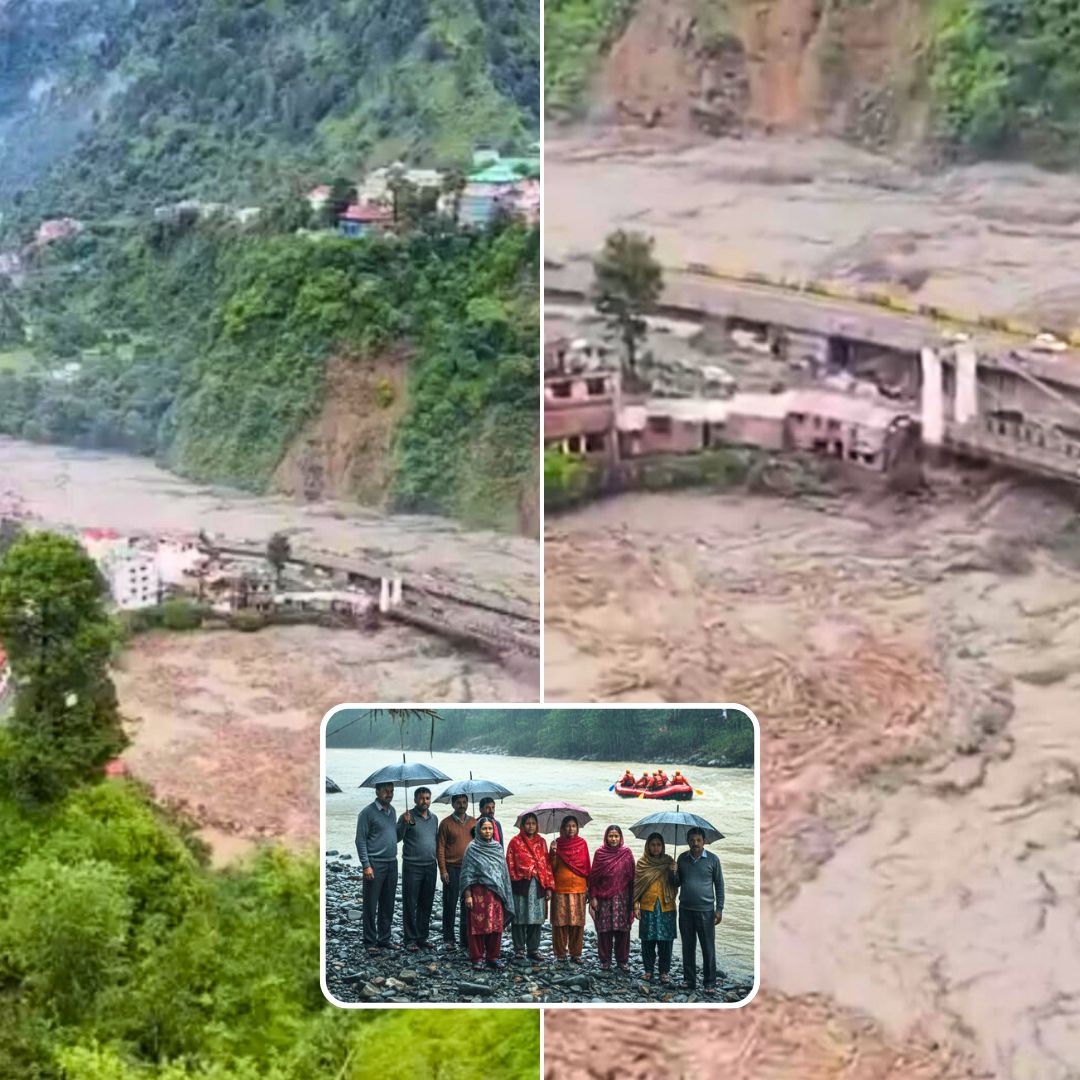Flash floods caused by heavy monsoon rains in the Ravi River basin of Himachal Pradesh have left more than 300 villagers stranded in remote Bada Bhangal. The floods have devastated key infrastructure including government offices, schools, dispensaries, and bridges, cutting off communities in Kangra and Chamba districts. Rescue operations face challenges due to blocked roads and continued rainfall, while affected regions brace for prolonged isolation due to damaged trekking routes and highways.
Widespread Destruction and Acute Isolation in Bada Bhangal
Located between the Pir Panjal and Dhauladhar ranges, the village of Bada Bhangal in Kangra district has borne the brunt of the Ravi’s flash floods on August 26, 2025. Floodwaters swept away the panchayat ghar, government primary and high schools, an Ayurvedic dispensary, civil supplies store, and two vital bridges. Stocks of ration and medicines were lost in the deluge.
Sarpanch Mansa Ram Bhangalia, in a letter to the Deputy Commissioner of Kangra, warned that the village faces “imminent danger” as the Ravi River has eroded a five-kilometre stretch of land, even altering its course. More than 300 residents remain stranded, alongside at least 150 shepherds with their goats, sheep, and cattle on elevated pastures.
With the Thamsar and Kalihani trekking passes inaccessible, the village is effectively cut off. Bada Bhangal, home predominantly to the Gaddi community, is one of the last Himalayan pastoralism bastions and usually accessible only via a three-day foot trek which closes for nearly six months due to snowfall.
Fatal Landslides and Severe Disruptions Beyond Kangra
In Chamba district, rising waters from the Ravi caused multiple landslides, claiming four lives. At least nine houses were washed away in Haloon village with several others at risk of collapsing. Timely evacuation saved lives, but tragedy struck in separate incidents, two siblings were buried under debris in Basodhan, and four women were hit by boulders near Bhimla panchayat, with two fatalities.
Across Dalhousie and other regions, upwards of 50 houses are precarious, with water, electricity, and mobile connectivity cut off for two days. Kullu, Manali, and Lahaul-Spiti remain isolated due to highway damages, stranding many tourists. Overall, 534 roads including one national highway remain closed throughout Himachal Pradesh, severely hampering relief efforts. The State Emergency Operation Centre reports over a thousand power transformers and hundreds of water supply schemes damaged or disrupted.
Relief Efforts and Challenges Ahead
The National Disaster Response Force (NDRF) swiftly rescued around 425 students and staff trapped at the flooded Arni University campus in Kangra. Police evacuated approximately 130 people from Manali’s Tibetan Colony after water from Beas River entered the area. However, ongoing heavy rains and damaged infrastructure impede the continuous relief operations.
The meteorological department has predicted further intense rainfall, raising concerns over additional landslides and flooding in vulnerable Himalayan terrains. Authorities are coordinating aerial surveys, and calls for immediate food, medical supplies, and shelter provisions continue from local leaders and officials to prevent the crisis from worsening.
The Logical Indian’s Perspective
The devastating floods and landslides in Himachal Pradesh serve as a stark reminder of the vulnerability of mountain communities against increasingly erratic weather patterns likely intensified by climate change. The isolation of remote villages like Bada Bhangal reveals the inadequacies in infrastructure and emergency preparedness in such fragile ecological zones.
A holistic approach involving sustainable development, community resilience, and responsive governance is critical. Compassion and focused action must steer efforts now, but long-term environmental stewardship is imperative to safeguard these communities.











